When it comes to weightlifting and enhancing your gym performance, choosing the right support gear can make a significant difference. Lift straps and grips are two popular tools designed to assist lifters by providing additional support and improving grip strength. Both have their own sets of advantages and are suited for different needs and preferences. This article will delve into the benefits and drawbacks of lift straps and grips to help you make an informed decision.
Lift Straps
What Are Lift Straps?
Lift straps are essentially long pieces of fabric, usually made from cotton, nylon, or leather, that wrap around your wrists and the barbell. Their primary function is to secure your grip, allowing you to lift heavier weights without worrying about your grip failing.
Pros of Lift Straps:
1. Enhanced Grip Strength: Lift straps can significantly improve your grip, allowing you to focus on lifting heavier weights without the fear of the bar slipping from your hands.
2. Reduced Grip Fatigue: By providing extra support, lift straps help reduce the strain on your hands and forearms, allowing for longer and more intense workout sessions.
3. Versatility: Lift straps are highly versatile and can be used for a variety of exercises, including deadlifts, rows, and shrugs.
Cons of Lift Straps:
1. Dependency Risk:Over-reliance on lift straps can lead to a decrease in natural grip strength, as the straps take over the work your hands and forearms would typically do.
2. Setup Time: Wrapping the straps around the bar can be time-consuming and may require practice to get right.
3. Comfort Issues: Some lifters find lift straps uncomfortable, especially during high-rep sets or longer workouts.
Grips
What Are Grips?
Grips are specialized lifting aids that attach to your wrists and provide a pad that you place against the bar. These are often made from high-quality materials like leather or durable rubber, designed to enhance your grip and protect your hands.
Pros of Grips:
1. Improved Performance: Grips are designed to maximize your lifting potential by offering superior grip support, which can help you lift heavier weights more safely.
2. Hand Protection: Grips provide a layer of protection between your hands and the bar, reducing the risk of blisters, calluses, and other hand injuries.
3. Ease of Use: Compared to lift straps, grips are generally easier and quicker to use. Simply secure them around your wrists, and you're ready to go.
4. Versatility and Comfort: High-quality grips are versatile and comfortable, suitable for a wide range of exercises, including deadlifts, pull-ups, and rows.
Cons of Grips:
1. Cost: Grips are often more expensive than lift straps, which might be a consideration for budget-conscious lifters.
2. Adaptation Period: Some lifters may need time to adapt to using grips, as they can feel different compared to traditional lifting without aids.
3. Bulky Design: Some grips can be bulkier than straps, potentially affecting the natural feel of the bar in your hands.
Which Should You Choose?
The decision between lift straps and grips ultimately comes down to your personal preferences, lifting goals, and budget.
For Beginners and Casual Lifters: Lift straps can be a cost-effective and straightforward solution for those who are just starting out or lift casually. They offer essential support and help you focus on improving your form and technique.
For Serious Lifters and Competitive Athletes:Grips might be the better option due to their superior performance, comfort, and hand protection. If you're lifting heavy weights regularly or competing, the investment in a quality pair of grips can pay off in the long run.
- **For Versatility and Convenience:** If you value ease of use and versatility, grips are generally quicker to put on and take off, making them a convenient choice for various exercises.
In conclusion, both lift straps and grips have their own unique advantages and can play a crucial role in enhancing your lifting performance. Consider your specific needs, lifting habits, and budget when making your choice. For more information on choosing the right lifting accessories, you can visit [getgripped.com](https://www.getgripped.com), a resource dedicated to helping lifters find the best gear for their workouts.

